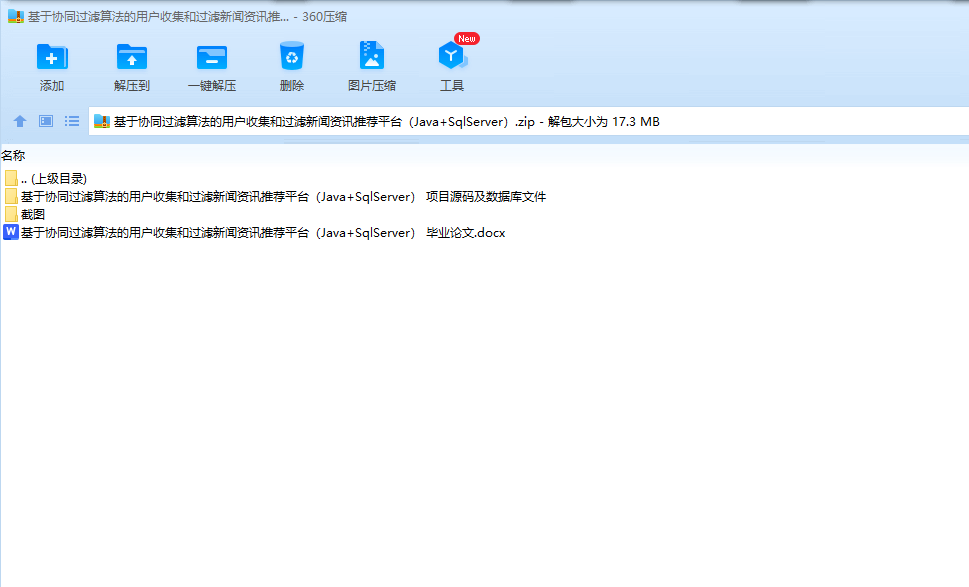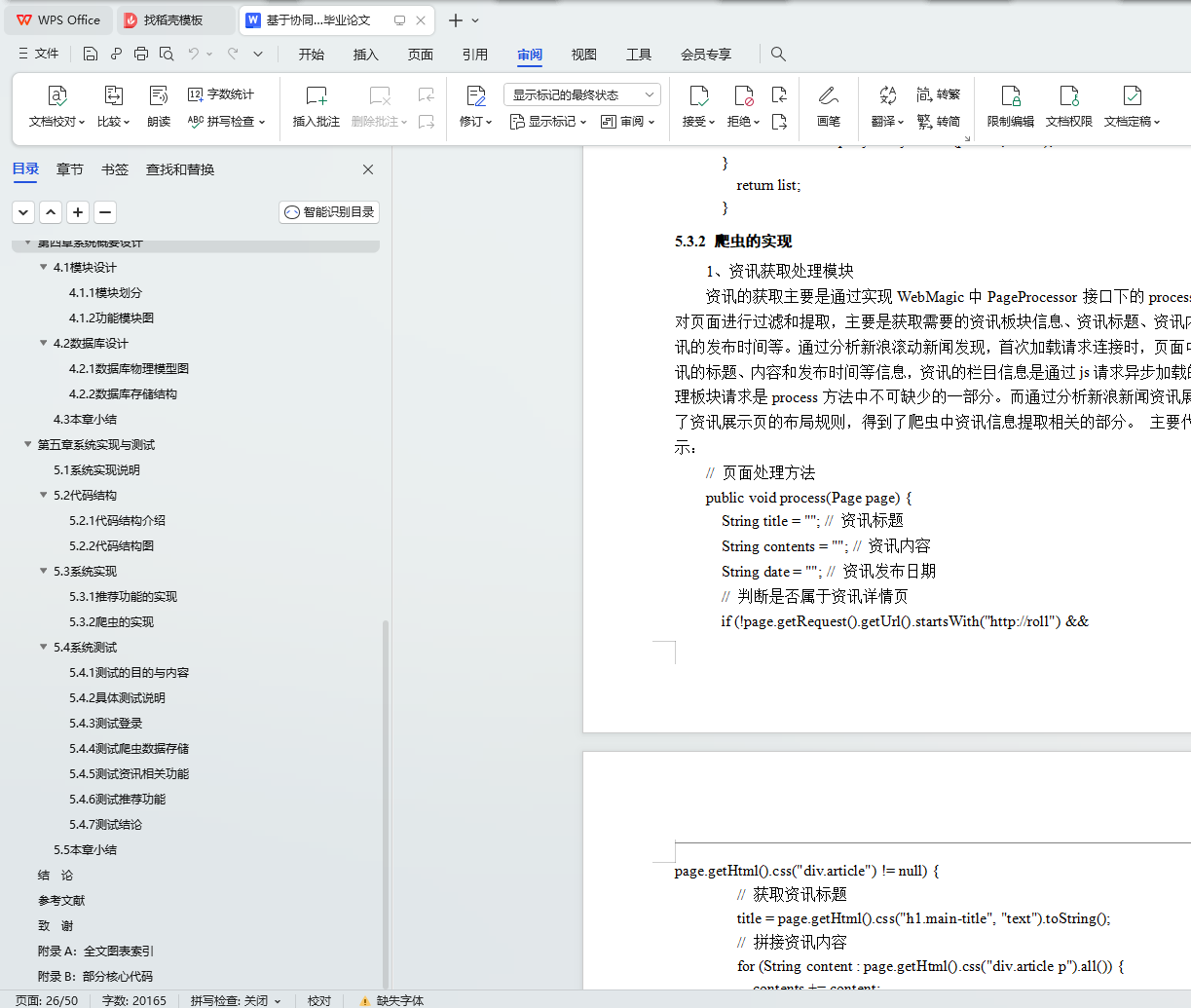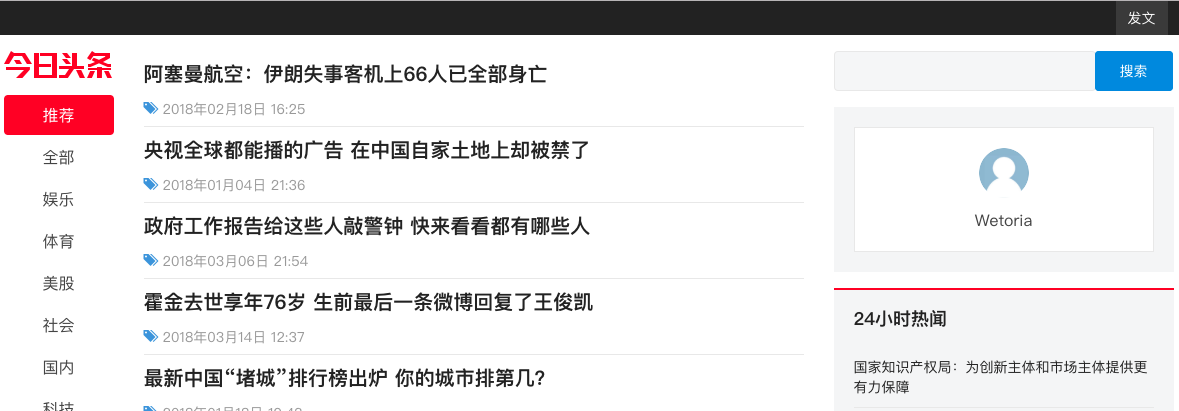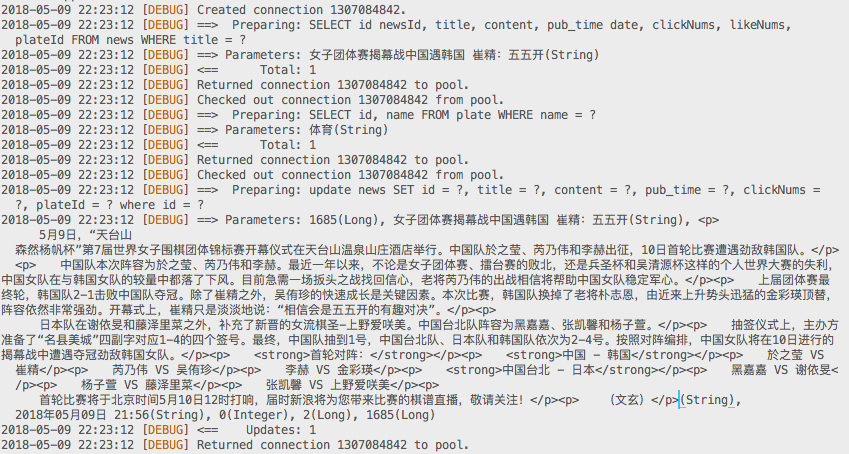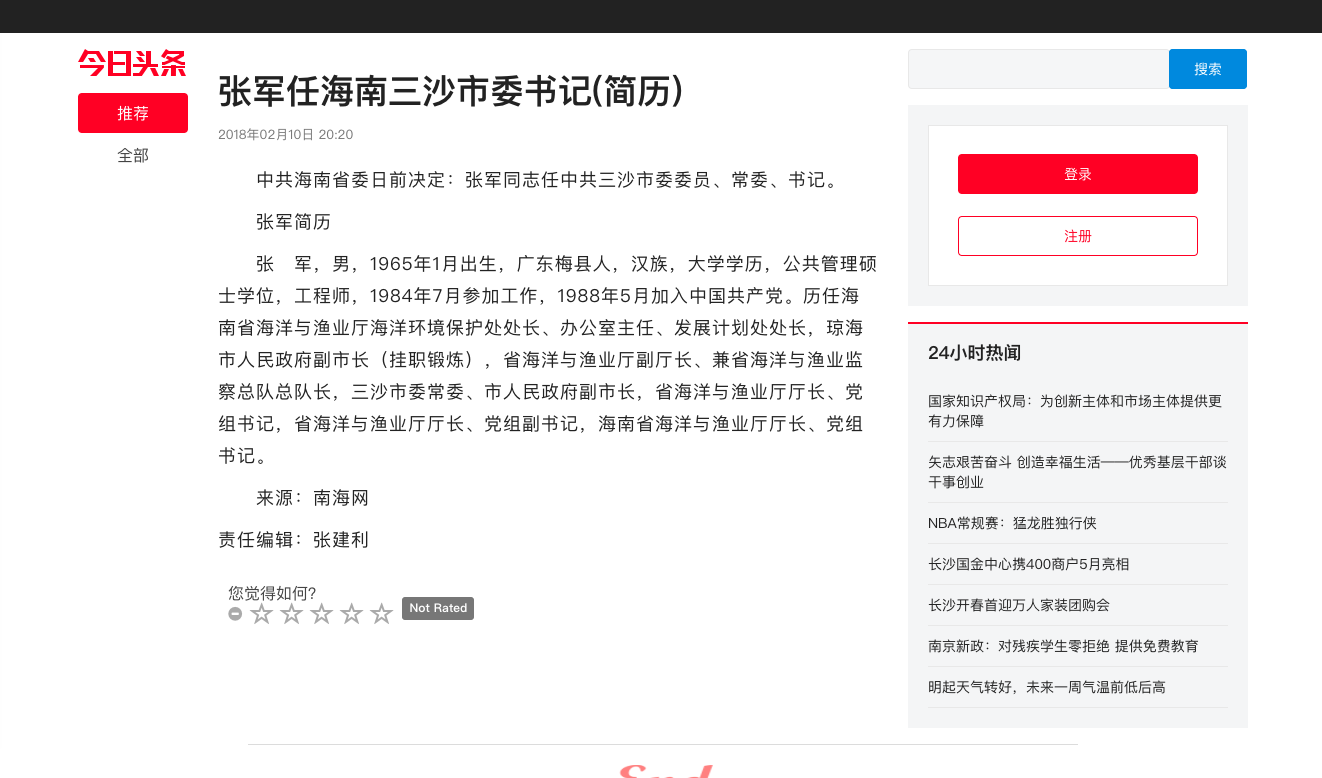摘 要
互联网时代是一个资讯爆发的时代,人们每天都能接收到各种平台推送的各式各样的资讯,这些资讯有可能是用户感兴趣的,也有可能是用户所厌恶的,如何在各种各样的资讯中最高效的获取自己需要的内容成为一个普遍的问题。本课题研究了技术发展所带来的信息爆炸情况,论证了有效筛选信息的必要性,本文主要内容是设计和实现一个资讯网站,为互联网时代的用户提供信息过滤的功能。
本文对系统的可行性和用户需求进行了详细的描述,将设计的资讯网站定位为为用户收集和过滤资讯的一个资讯平台,利用协同算法针对用户偏好抓取最新的资讯,实现资讯展示、资讯推送、资讯搜索等功能。
本文以软件工程的基本理念为指导思想,将课题的需求调研、分析与项目的设计工作进行了严格的阶段划分,同时用面向对象的分析设计思想对系统进行用例建模。系统的实现主要以Java作为开发语言,使用MySQL数据库对系统信息进行统一管理。
关键词:信息爆炸;协同算法;用户偏好;信息筛选
ABSTRACT
The Internet age is an era of information explosion. People can receive a wide range of information from various platforms every day. These information may be of interest to users, and may be disgusting to users. The most efficient way to get the content you need is the general problem. This topic studies the information explosion brought about by the development of technology and demonstrates the necessity of effectively screening information. The main content of this paper is to design and implement an information website to provide information filtering function for users in the Internet age.
This article describes the feasibility of the system and user requirements in detail. The designed information website is positioned as an information platform for users to collect and filter information. It uses collaborative algorithms to capture the latest information based on user preferences, and realizes information display and information. Push, information search and other functions.
This paper takes the basic idea of software engineering as the guiding ideology, divides the requirements research, analysis and project design work of the project into strict stages. At the same time, it uses the object-oriented analysis and design idea to model the use case of the system. The implementation of the system mainly uses Java as the development language, and uses the MySQL database to perform unified management of system information.
Keywords: information explosion; collaborative algorithm; user preference; information screening
目 录
摘 要
ABSTRACT
目 录
第一章 前言
1.1 课题背景
1.2 课题目的与意义
1.3 本文研究的内容
1.4 论文结构简介
第二章 算法介绍
2.1 算法背景
2.2 算法分类及原理
2.2.1 以用户为基础的协同过滤
2.2.2 以物品为基础的协同过滤
2.3 算法优缺点
2.3.1 以用户为基础的协同过滤的优缺点:
2.3.2 以物品为基础的协同过滤的优缺点:
2.4 算法适用场景
2.5 本章小结
第三章 系统需求
3.1 可行性分析
3.1.1 经济可行性分析
3.1.2 技术可行性分析
3.1.3 社会可行性分析
3.1.4 操作可行性分析
3.2 用户需求说明
3.3 用户界面需求
3.4 管理需求说明
3.5 系统数据模型分析
3.6 系统数据流图
3.7 本章小结
第四章 系统概要设计
4.1 模块设计
4.1.1 模块划分
4.1.2 功能模块图
4.2 数据库设计
4.2.1 数据库物理模型图
4.2.2 数据库存储结构
4.3 本章小结
第五章 系统实现与测试
5.1 系统实现说明
5.2 代码结构
5.2.1 代码结构介绍
5.2.2 代码结构图
5.3 系统实现
5.3.1 推荐功能的实现
5.3.2 爬虫的实现
5.4 系统测试
5.4.1 测试的目的与内容
5.4.2 具体测试说明
5.4.3 测试登录
5.4.4 测试爬虫数据存储
5.4.5 测试资讯相关功能
5.4.6 测试推荐功能
5.4.7 测试结论
5.5 本章小结
结 论
参考文献
致 谢
附录A:全文图表索引
附录B:部分核心代码









